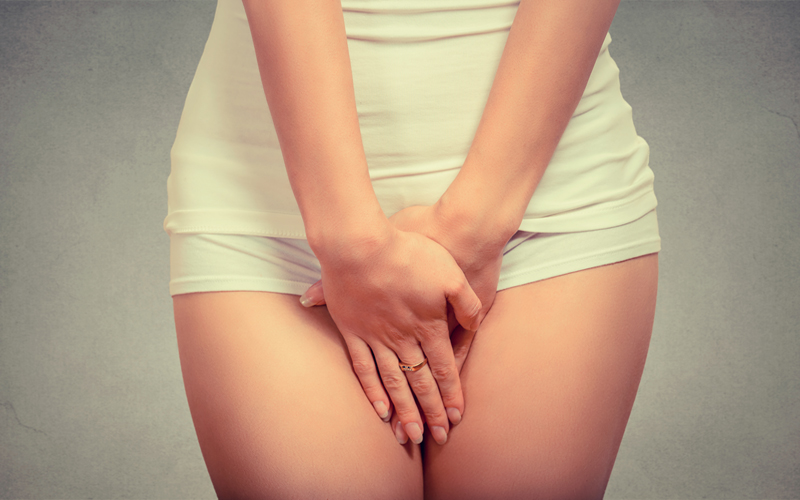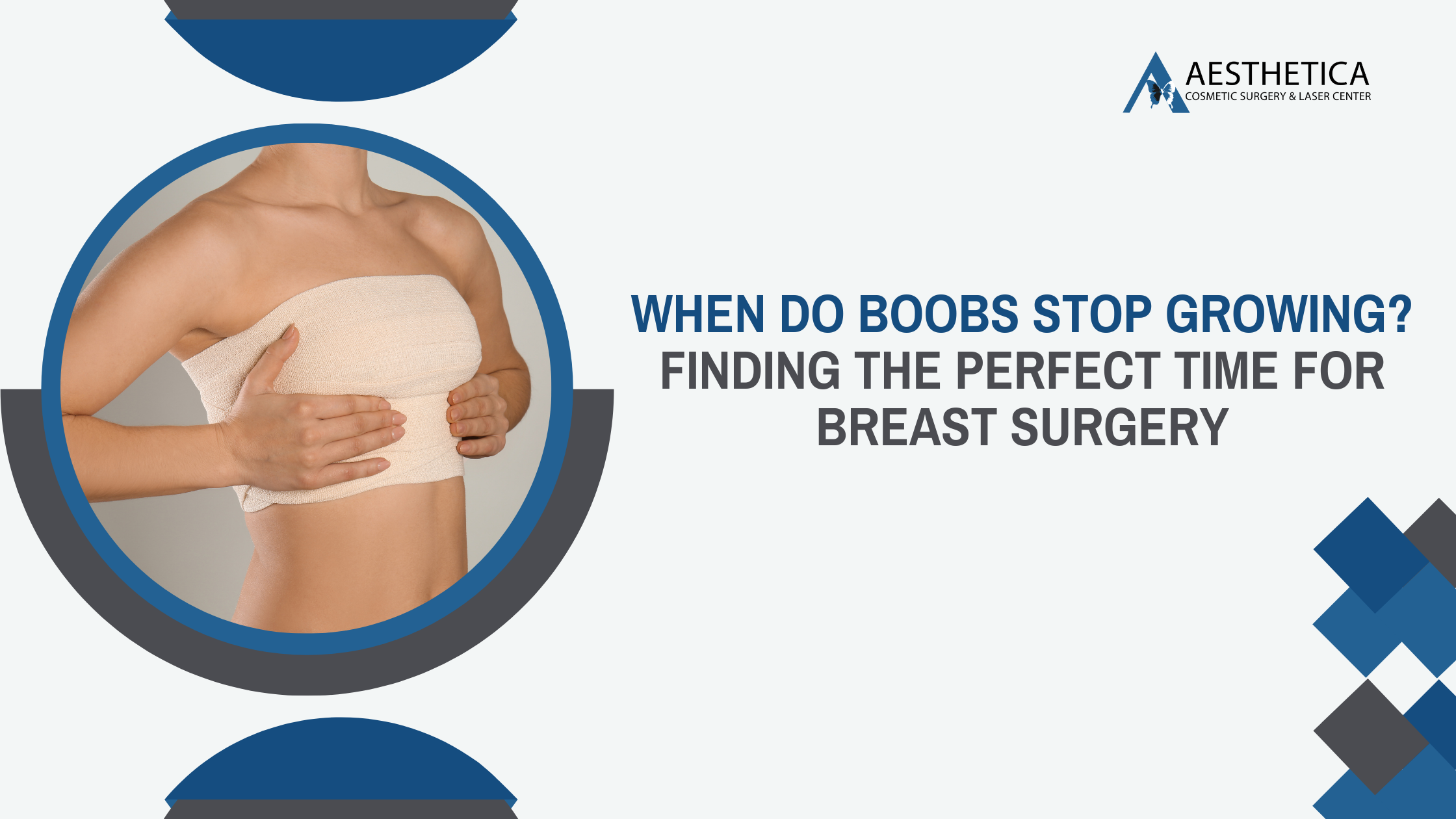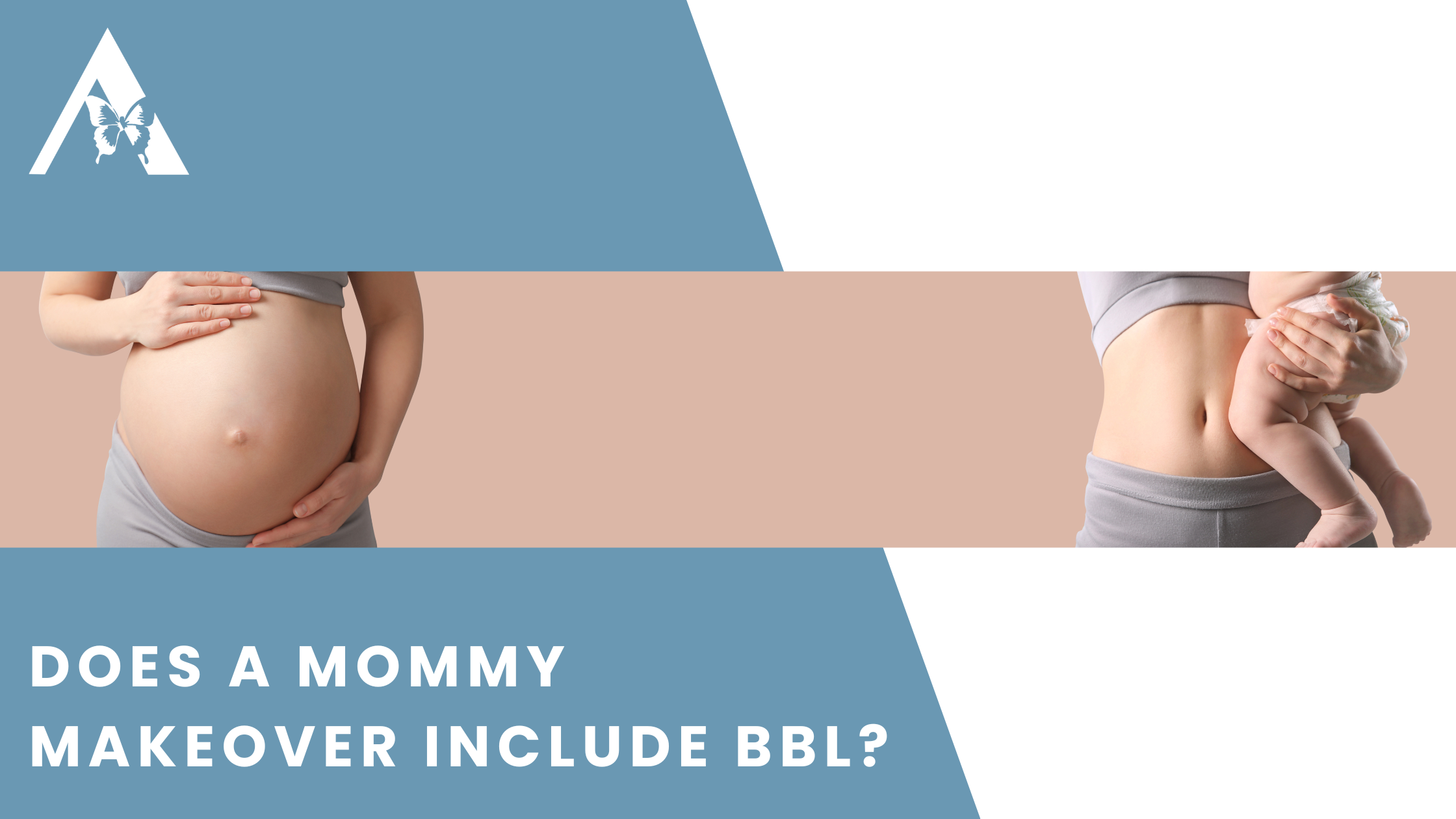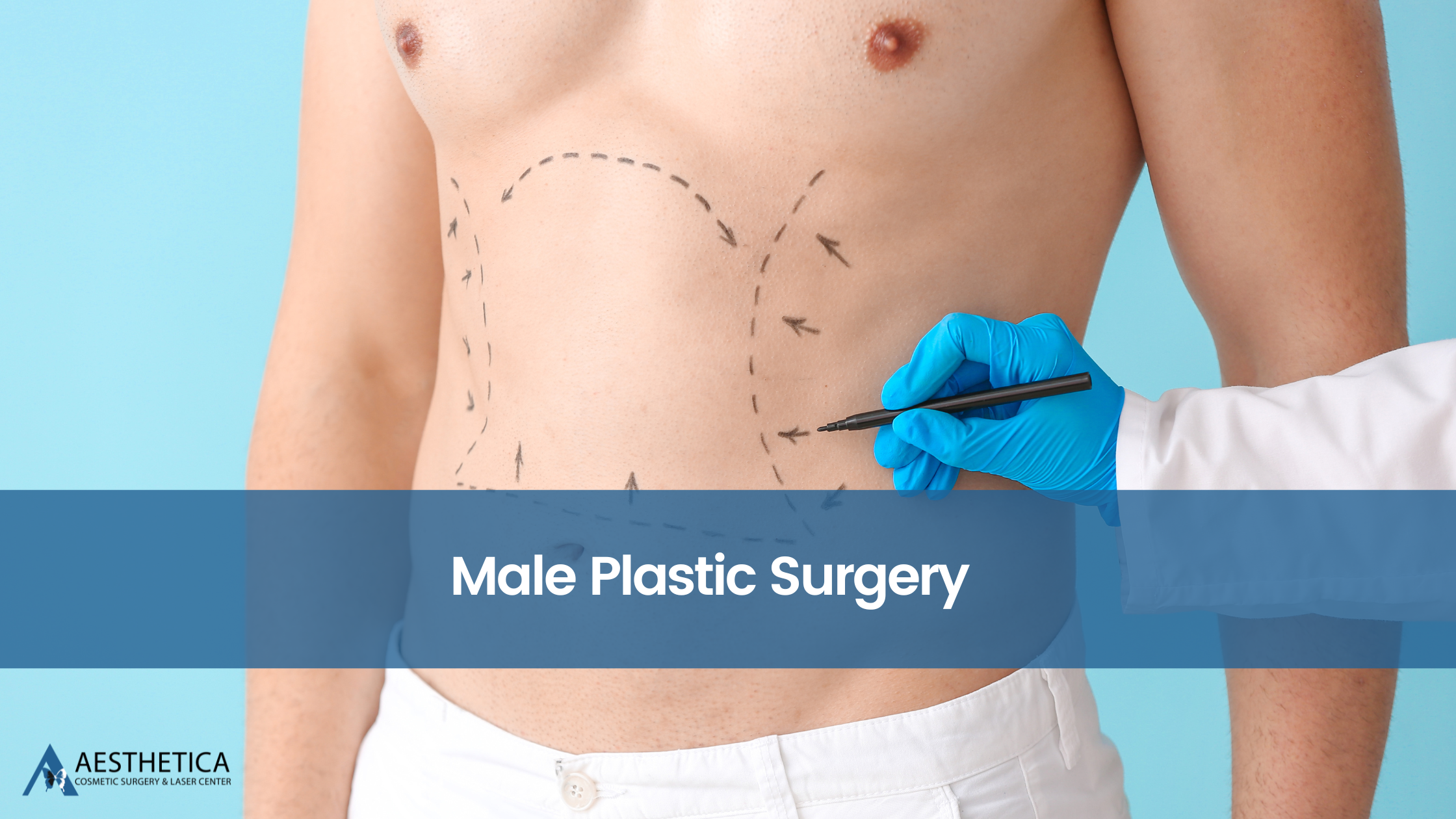Everything You Should Know About Labiaplasty Recovery!8 min read

Aesthetica Editorial Team

When young, they seem impossible; when old, they seem inescapable.
Vaginal health issues affect an ever-growing number of our female population, negatively affecting both physical and mental health.
A 2010 study on more than 3,500 postmenopausal women found that 93% experienced at least one vaginal health issue, with vaginal dryness and pain during intercourse most cited.
Many of these women linked their poor vaginal health with a decreased quality of life — low self-esteem, feeling old, and the inability to nurture a healthy sexual relationship are only a few of the reasons why so many menopausal women can’t enjoy their lives to the fullest.
And to make matters worse, the aura of taboo engulfing vaginal health prevents more than one in three women from getting the help they need!
Here at Aesthetica, we consider it our duty to educate our patients about feminine wellness and how to rediscover their joyfulness and self-esteem!
With just a quick labiaplasty procedure, you can finally be free from your menopausal symptoms and enter your golden years in style!
So, let’s navigate the ins and outs of labiaplasties, from your procedure day down to the recovery process!
What is the Labiaplasty Procedure?
Labiaplasty is a surgical procedure that aims to alter the size or shape of the labia minora—i.e., the inner folds of skin surrounding the vaginal opening.
This procedure is performed for various reasons, including cosmetic concerns, discomfort during sexual activity, irritation or pain caused by clothing, or other medical conditions (i.e., removing cancerous tumors).
Many of our Aesthetica patients choose labiaplasties soon after pregnancy to rejuvenate their vaginal area and minimize aesthetic imperfections such as “camel toes.”
Who is the Ideal Candidate for a Labiaplasty Procedure?
Although extraordinarily effective against most vaginal health issues, labiaplasties are not one-size-fits-all.
That is why only a preliminary consultation with an expert like Board-Certified Plastic Surgeon Dr. Phillip Chang will confirm if labiaplasty fits you like a glove!
As a rule of thumb, the ideal candidate ticks off every item on this “labiaplasty success sheet:”
- Aesthetic concerns: Being self-conscious or unhappy with the appearance of your intimate area makes you an ideal candidate for the procedure, provided you keep your expectations down-to-earth.
- Experience discomfort or pain: Most labiaplasty patients experience physical discomfort, pain, or irritation during activities such as exercise, sexual intercourse, or while wearing certain types of clothing due to the size or shape of their labia.
- Not currently pregnant or planning to become pregnant in the near future: Pregnancy causes changes in the genital area, which is why it’s best to wait until after childbirth to undergo a labiaplasty — no need to go back to square one!
- Optimal overall health: You should be physically and emotionally healthy, without any medical conditions that could interfere with the healing process or increase the risk of complications during surgery.
- Realistic expectations: An ideal candidate understands that labiaplasty is intended to address functional or cosmetic concerns and is aware of the potential risks and limitations associated with this procedure.

What Happens During Labiaplasty Surgery?
The labiaplasty procedure typically involves a few key steps.
Prior to the procedure, you will meet with Dr. Chang and his team to discuss your goals and expectations, review your medical history, and evaluate the anatomy of the genital area.
Labiaplasties are generally performed under local anesthesia to ensure patient comfort and safety during the procedure.
There are several surgical techniques that can be employed in labiaplasty, depending on your specific goals and anatomy.
The most common methods are the trim technique, which involves removing excess tissue along the edges of the labia, and the wedge technique, which removes a wedge-shaped section of tissue from the labia and sutures the edges together.
Once the desired reshaping is achieved, Dr. Chang will close the incisions using dissolvable sutures.
What to Expect During Labiaplasty Recovery
Your labiaplasty recovery process will take approx. 4-6 weeks to complete.
This is the perfect time for you to slow your busy routine down and allow your body to heal appropriately.
Labiaplasties do not involve many side effects, but that’s not a license for patients to ignore their recovery.
Once you’re past the 4-week mark, you’ll have plenty of time to enjoy your results to the fullest and wonder at your renewed confidence and self-esteem!
Keep the following guidelines in mind after leaving the procedure room:
- Swelling and bruising: It’s normal to experience swelling, bruising, and redness in the treatment area. These side effects usually peak within the first few days and gradually subside over the following weeks.
- Discomfort and pain: You may experience mild to moderate discomfort or pain after the procedure. Fortunately, over-the-counter pain medications, such as ibuprofen, will help manage the discomfort.
- Patience with the results: It will take several weeks for the swelling to fully subside and reveal your final labiaplasty results. During this time, be patient and follow Dr. Chang’s post-operative care instructions.
Labiaplasty Post-Operative Care: What to Know
Your labiaplasty recovery will be a walk in the park as long as you follow Dr. Chang’s recommendations to the letter:
- Antibiotics and wound care: Dr. Chang may prescribe antibiotics to prevent infection. Keep the surgical area clean and dry, and follow our instructions regarding wound care and bathing.
- Cold compresses: Applying cold compresses or ice packs to the treatment area will help reduce swelling and alleviate discomfort. Make sure to wrap the ice pack in a cloth to avoid direct contact with the skin.
- Follow-up appointments: Attend all follow-up appointments with Dr. Chang to monitor the healing process and address any concerns or complications.
- Limited physical activity: Avoid strenuous activities, heavy lifting, and exercise for at least two to four weeks after the surgery or as directed by Dr. Chang. Light walking is encouraged to promote circulation and reduce the risk of blood clots.
- Loose-fitting clothing: Wearing loose, comfortable clothing and cotton underwear minimizes irritation and pressure on the treatment area.
- No sexual activity and tampon use: Patients should abstain from sexual intercourse and avoid using tampons for at least four to six weeks after the surgery to allow the area to heal correctly.
Timeline of Labiaplasty Recovery
The labiaplasty recovery timeline can vary from patient to patient but generally follows a similar pattern.
Here is a week-by-week overview of the recovery process:
Week 1
- Swelling, bruising, and discomfort are most prominent during the first week.
- You may need to take pain medications to manage discomfort.
- Keep the surgical area clean and dry, and follow Dr. Chang’s wound care instructions.
- Use cold compresses to help reduce swelling and alleviate pain.
- Avoid strenuous activities, exercise, heavy lifting, and sexual intercourse.
- Wear loose-fitting, comfortable clothing and cotton underwear to minimize irritation.
- In addition, you should use sanitary towels, not tampons, for the first several weeks following surgery.
Week 2
- Swelling and bruising should start to decrease but may still be noticeable.
- You can gradually resume light activities but avoid heavy lifting and strenuous exercise. Some patients may be able to return to work, depending on the nature of their job.
- Continue wearing loose undergarments and clothing that does not chafe or rub the surgical area. It would be best if you also continued washing the area and taking your prescribed medications for as long as Dr. Chang indicates.
Week 3-4
- Most of the swelling and bruising should have subsided by this time.
- Many patients can resume their normal activities and exercise routines as long as Dr. Chang has approved.
- The surgical area should be healing well, with sutures dissolving and incisions starting to fade.
- Continue to avoid sexual activity and tampon use.
Week 5-6
- By this time, the majority of the healing process should be complete.
- Incision lines should be less noticeable and continue to fade over time.
- With Dr. Chang’s approval, you can resume sexual activity and tampon use.
- The final results of the labiaplasty should become more apparent as the swelling continues to subside.
Entrust Your Labiaplasty Recovery to Our Expert Team at Aesthetica!
Ready for your labiaplasty? Come meet with us at 19500 Sandridge Way, Suite 350, Leesburg, VA 20176, or call us at (703) 574-4342 for a complimentary consultation with Board-Certified Plastic Surgeon Dr. Phillip Chang before moving forward with your procedure. If everything matches up, our team will help you navigate the entire process, from beginning to end. Also, remember to check out our blog and social media for more information on cosmetic surgery trends!
Let Us Help You!
Our office can provide you with helpful information, schedule a free consultation, and walk you through the many services and procedures we provide.
Contact Dr. Chang's Office:
More Articles For You

When Do Boobs Stop Growing? Finding the Perfect Time for Breast Surgery
Ever wondered when your boobs finally decide to take a break from growing? Or you’re
Are Silicone Injections in Buttocks Safe?
In today’s world, where the aesthetic appeal of one’s body can often feel as though

Does a Mommy Makeover Include BBL?
Many women look forward to the blessings of motherhood. Having a child is a very

Male Plastic Surgery: Before and After
Women aren’t the only ones who want an aesthetically pleasing body. Men do too. And
